The truth is that no matter how hard we try to hold on to human-to-human connection, in the realm of online business, bots beat humans.
Need some convincing? Chatbots can handle nearly 70% of chats from beginning to end on average, with no human resources needed.
Even more noteworthy is that out of the conversational marketing practices, they're one of the most efficient ones since they're online and active 24/7.
It’s time to give the consumer what they want (quick and personal service), and also give your website a fighting chance of meeting your website visitor’s expectations. Let’s build a chatbot!
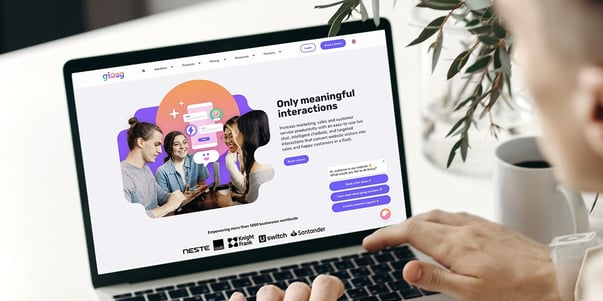 Here are the 9 steps we'll cover to help you get a chatbot up and running for your website:
Here are the 9 steps we'll cover to help you get a chatbot up and running for your website:
#1 Decide what type of chatbot is best for your business
#2 Determine your chatbot KPIs
#3 Understand user needs
#4 Give your chatbot a personality
#5 Plan your chatbot flow
#6 Design your chatbot
#7 Preview and test your chatbot
#8 Target your chatbot
#9 Measure and optimize chatbot performance
1. Decide what type of chatbot is best for your business
Before starting to build your chatbot, it’s important to decide what type of chatbot your business needs (Update: Learn more about AI Agents).
What purpose will your chatbot serve? Are you trying to increase conversions and lead generation or looking to serve your customers better around the clock?
Of course, your customized chatbot can be multi-purpose as well.
The benefits of a customer service chatbot
Chatbots for customer service allow you to provide 24/7 support by helping your website visitors self-serve and find solutions to their questions swiftly. It can help decrease the number of incoming customer contacts via email and save your team's time for more complex issues.
Customer service chatbots can also direct customers to additional services based on their data and extend an offer based on your current campaign or client data.
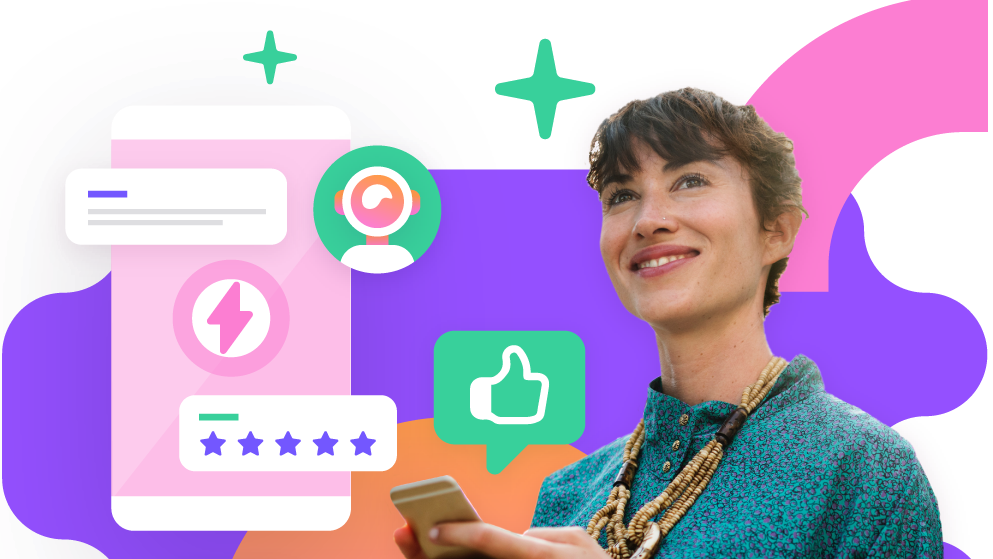
When building a support chatbot, consider the following:
- At which contact points do customers need the most help in their journey
- How can you moderate these contact points outside of office hours when your chat is offline?
- How does the bot work with your live chat solution during online and offline hours?
- Are there repetitively asked questions from customers?
The benefits of a lead generation chatbot
Lead generation chatbots help you maximize your sales potential and increase conversions. They can help you bring in valuable leads whilst ensuring a great customer experience.
These interactions between your lead generation chatbot and your target audience help you gain insight into what your customers are looking for.
Lead generation chatbots convert well on pages that indicate high intent. So, as a chatbot best practice, place your bot on service pages or pricing pages, for example.
With lead generation chatbots, you’ll want to think of your bot's goal. Is your goal to:
- inform people?
- qualify and push visitors to sales chat?
- focus on starting mini-conversions?
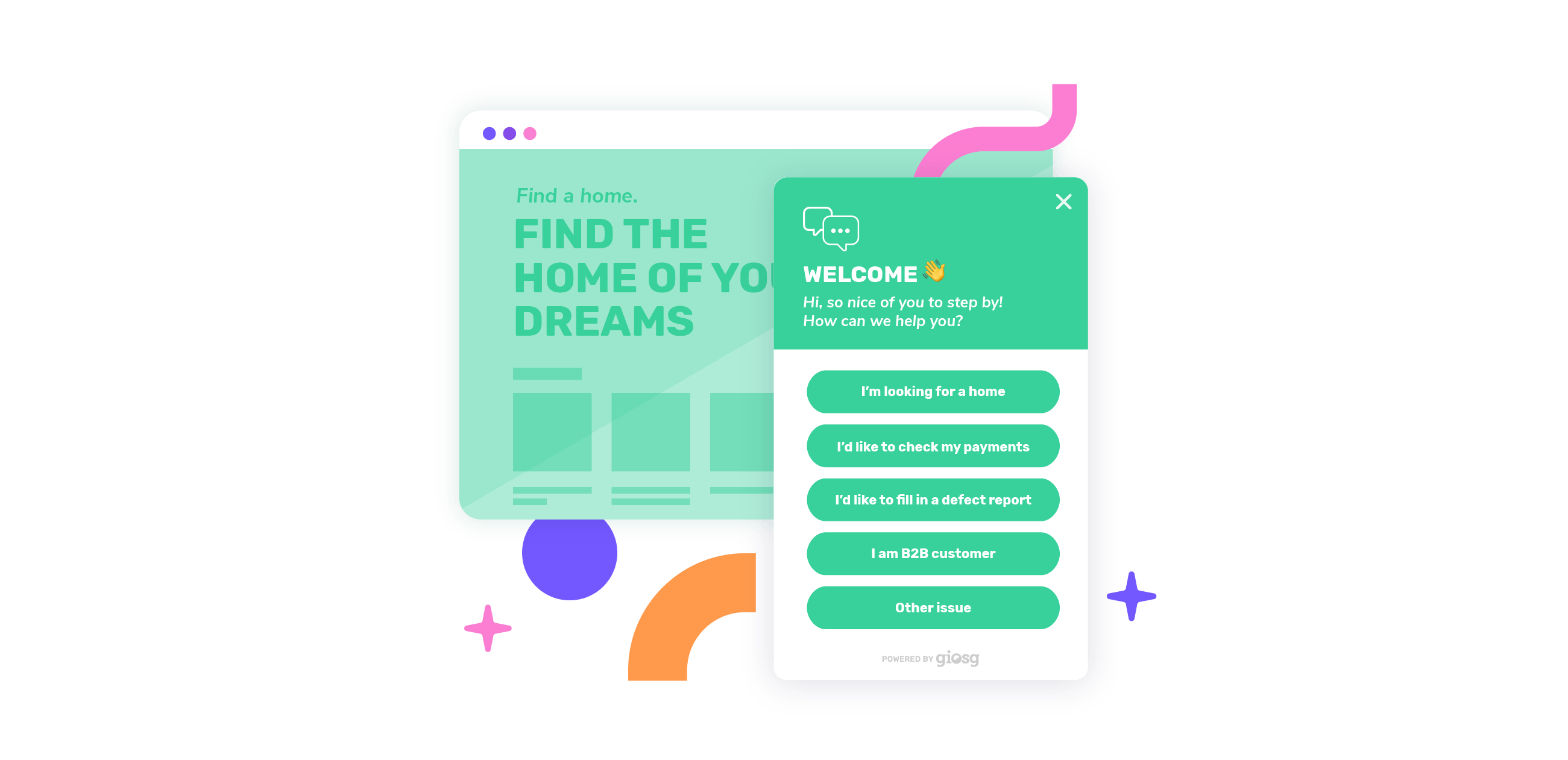
2. Determine your chatbot KPIs
Determining KPIs allows you to measure the effectiveness of your chatbot with the data points that matter most. This will help you stay aligned with what you want to achieve with your chatbots.
To outline your chatbot KPIs you can ask yourself the following questions:
- How will you know if the chatbot is a success?
- What are you going to measure?
- What results do you want to track?
For the most part, your KPIs will reflect the goal of the chatbot interaction, i.e. what action you want the user to take.
These KPIs could be the number of CTAs clicked, button or link clicks, forms completed, or completed online purchases through the chatbot.
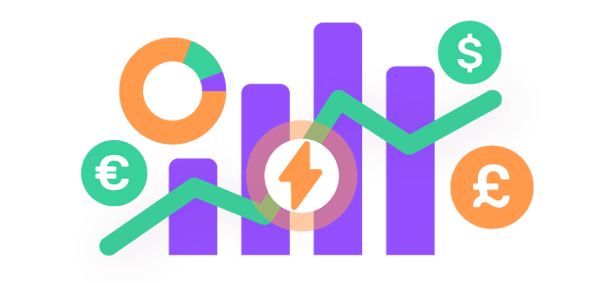
3. Understand chatbot user needs
Once your objectives are set, it is a good time to turn your focus to aligning with your audience.
When creating a chatbot from scratch, you also need to create a bot user persona in the beginning stages. What kind of person will be using your bot?
To help define your chatbot user persona, you can think about what the user’s goal is when they first interact with the chatbot, and how the chatbot helps that user.
Try to condense your user profile into a one-sentence summary. You can add a short sentence to further describe the chatbot use cases.
Here is an example:
A working professional, visits her Energy provider's website on desktop during office hours, to find out how to make her first payment. Using the bot, she can find out how to do it within minutes, without interrupting her workday.
Once you know these aspects of the user persona, you can brainstorm with your team on how to influence the user’s decision and customer satisfaction.

4. Give your chatbot a personality
Now that you’ve identified your user persona, you can have fun designing a chatbot personality. Knowing your users helps you establish the tone of voice and terminology your chatbot will use.
Think of your chatbot as a representative of your company, you’ll want to have a good balance of focusing on brand consistency and giving users what they want.
How to create a chatbot personality? Consider designing your chatbot with these personality traits:
- Casual language, maybe even industry slang
- On-brand emojis
- Inviting images or gifs to accompany the text
- Friendly avatar image
- Creative name for your bot
5. Create your chatbot conversation flow
You have the right pieces in place up to this point to now start visualizing your chatbot conversation flow. The conversation flow will become the foundation of your chatbot interaction.
You want to organize your chatbot flow by thinking of the questions the user wants answered by interacting with your bot.
Picture this conversation flow like a decision tree. Create a diagram of as many message options as possible, you can do this on Post-it notes or digitally.
Once you have your main opening messages, then choose your multiple-choice response options that will guide the user to the next prompt or desired page.
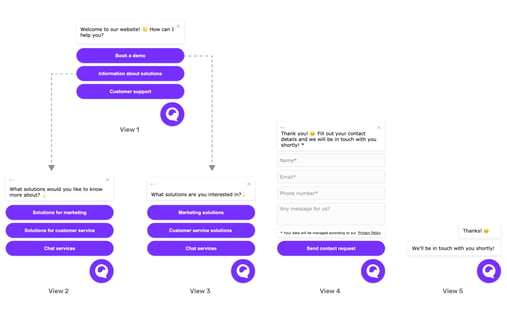
When you have the fundamental text outlined for your chatbot conversational flow, you can then look towards design.
What do you want each view within the chatbot to look like?
Will your chatbot views include buttons, typing fields, links, images, videos, dropdown menus, or something different?
In the end, make sure the chatbot conversation flow suits your company image well and has a clear purpose in guiding the user.
6. Design your bot
Now it’s time to get your hands dirty or at least the dirtiest they’ll get while building a chatbot for the first time.
You can finally put your plan into action and start designing your bot!
When you build a chatbot with a built-in design platform, you have the option to either design a bot from scratch with drag-and-drop elements or by using a bot template.
Your priorities when designing your chatbot should be:
- Create or modify your views
- Modify colors and fonts
- Set up your button and element actions
- Set up your goals
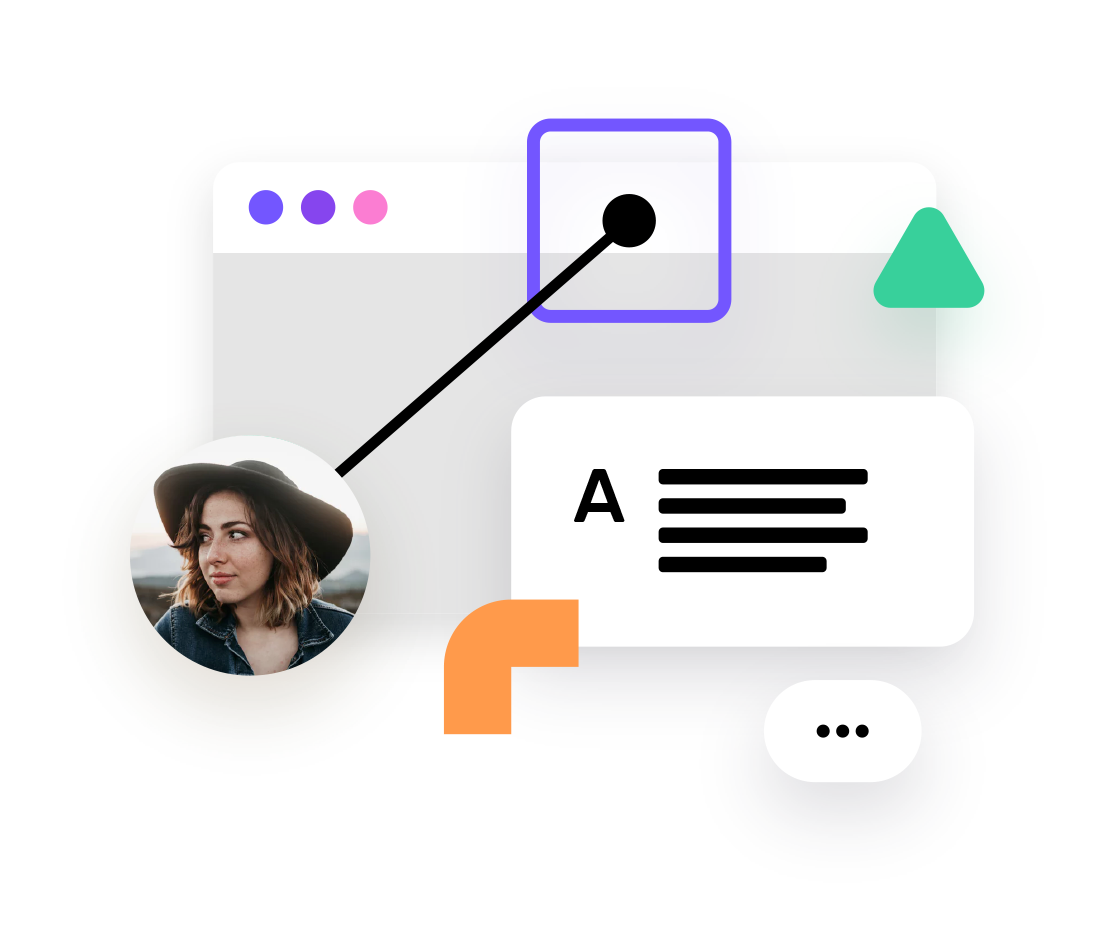
7. Preview and test
Let’s see if all of your bot-building hard work has paid off.
Before publishing your bot for the world to see, you’ll want to preview it and test it out first for yourself.
While previewing your chatbot, you should test out all possible variations of your chatbot flow.
This means testing each button or input option and following that path until the result to make sure there are no hiccoughs. There may be a handful of different combinations of buttons and paths to follow, but each is well worth testing.
It is also important to preview what your chatbot will look like on different devices and to adjust appearances accordingly.
8. Target your chatbots
So far we’ve covered the who (your company + the website visitor), what (chatbots), where (on your website), and why (to guide the visitor) but not exactly when and how.
Setting up your target rules for your chatbot will help you answer the when and how parts of the building-a-chatbot formula.
There’s a wide range of automatic triggers that can activate your chatbot. It’s up to you whether you want to target your bot based on multiple criteria or just one.
Need some ideas on what chatbot targeting options to use for your website? Steal a few of these ideas to base your chatbot triggers on:
- Which page the visitor is on
- Where they came from i.e previous page, campaign URL, traffic source
- The geographical location of the visitor
- What device they are using (desktop, mobile or tablet)
- The number of times they have visited your website
Once you determine your chatbot targeting rules, your bots will be smarter in who they target and which automated message to send.
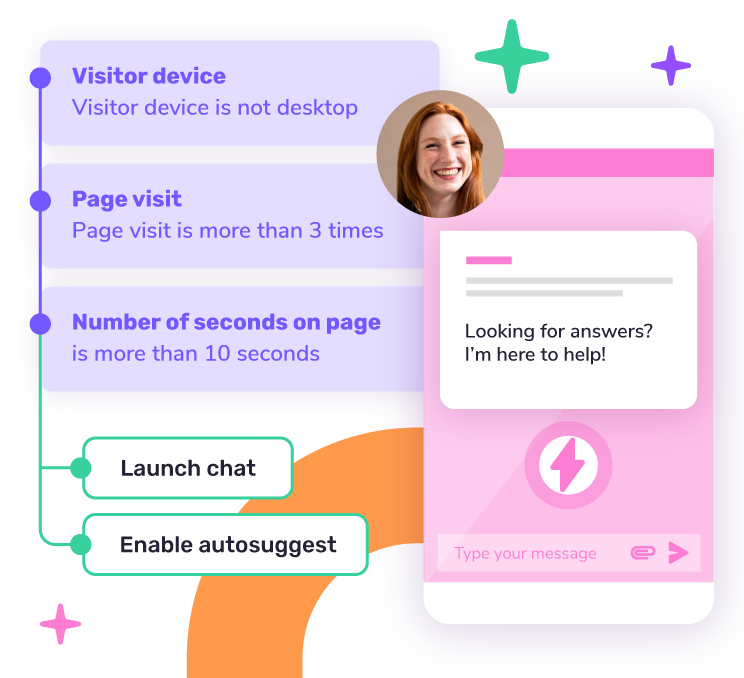
9. Measure and optimise
Remember in the second step, when you decided your KPIs? Now that your bot is live and in use, it’s time to start measuring its performance. This will help you optimize your content and consistently improve the results of your chatbot.
Here are a few chatbot metrics to track:
- Chatbot activity: How frequently is it being used?
- Bounce rate: What is the rate of users bouncing without taking the desired actions? This will help you see at what points of the bot journey users drop off and identify potential bottlenecks in your bot.
- Goal completion: What is the success rate of a given action performed through your bot? How many users complete your specific goal
- Effectiveness: How many users were able to get the help they needed through your bot, without having to contact your customer service?
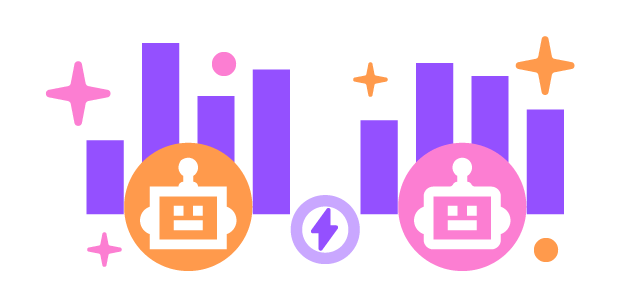
Not only is it important to track quantitative results that directly impact your business, but it’s also worth gathering bot performance feedback from its users:
- What do chatbot users think about your chatbot?
- Are they satisfied with the service it provides?
- Are they taking full advantage of the tool?
Start building your chatbot today
Ready to test out these steps for yourself and build your bot? Book a free demo and start building a chatbot for your business.
More leads and efficient customer service are waiting on the other side of a well-oiled chatbot.